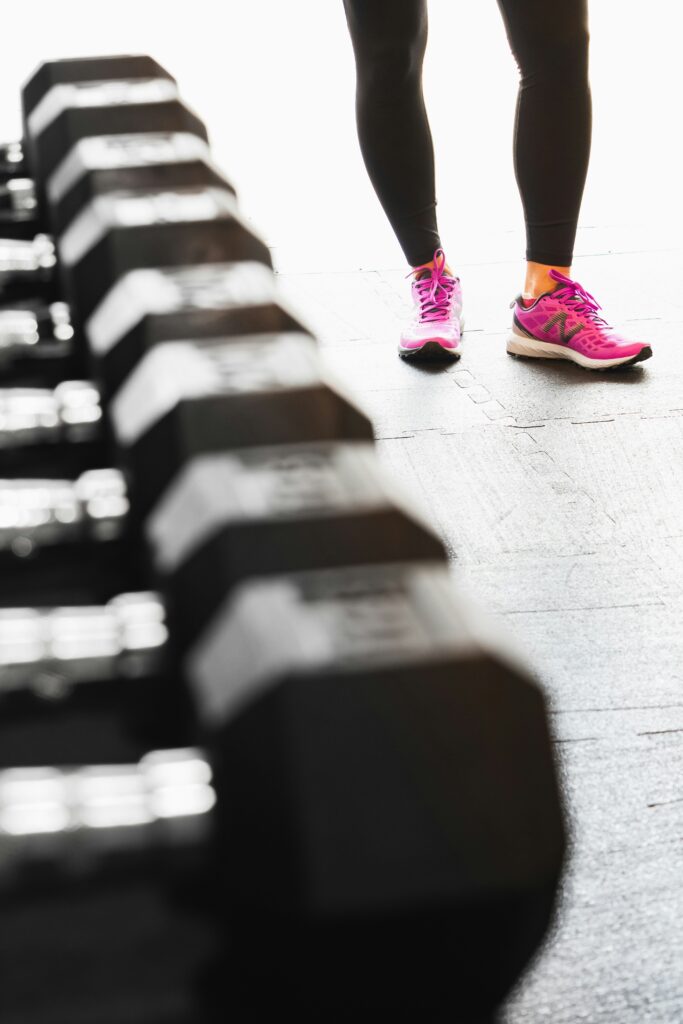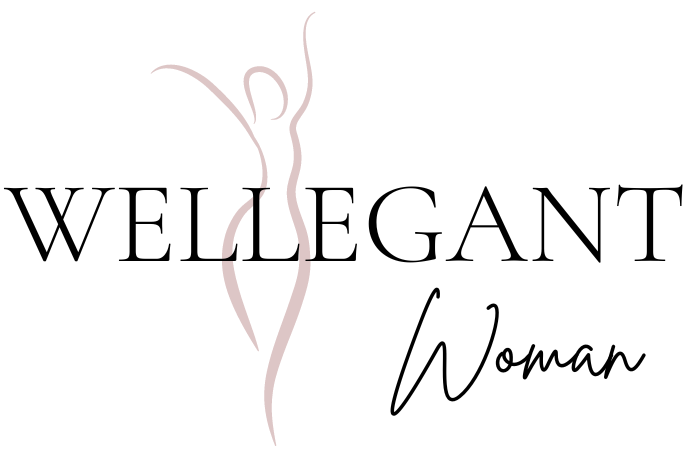
If you’re over 40 and still trying to work out like you did in your 20s, this one’s for you.
Let’s be real: we were sold a wellness model that worked when we had sky-high estrogen, endless energy, and metabolisms that hadn’t met menopause yet. But now? The rules have changed—and most women are stuck in a loop of restrictive dieting, random workouts, and zero results.
That’s why I brought on Seana Phelps, certified personal trainer, nutrition coach, and founder of MidFit—a powerhouse fitness platform created specifically for women in midlife. After navigating ovarian cancer and surgically induced menopause at 43, Seana made it her mission to help women ditch outdated approaches and finally get the results they deserve.
“Everything women think they know about fitness and nutrition after 40 is actually keeping them stuck.” — Seana Phelps
Why Midlife Fitness Is NOT One-Size-Fits-All
In your 20s and 30s, you could probably skip sleep, do two spin classes, live on protein bars, and still lose weight.
But now? Hormonal changes, stress intolerance, and slower recovery make that approach not just ineffective—but harmful.
“Once our hormones start shifting, our bodies need a totally different approach,” Seana explains. “We can’t just throw another diet or punishing workout on top of burnout.”
Midlife is not the time to double down on overexercising and under-eating. It’s time to train smarter, fuel better, and recover harder.
What Are Macros—and Why Should You Care?
Let’s demystify macros, shall we?
Macros = macronutrients = the three main nutrients your body needs to function:
- Protein
- Carbohydrates
- Fats
“Macros aren’t a diet—they’re a tool,” says Seana. “Tracking macros teaches you how to fuel your body with balance and intention.”
Most women come to Seana burned out from calorie counting, unknowingly overeating fats, and drastically under-eating protein.
The fix? Start simple.
🔹 Build macro-balanced plates:
- ¼ protein
- ¼ starchy carb
- A thumb-sized serving of healthy fat
- Add as many leafy greens as you want
Then, if and when you’re ready, you can use an app to track. But according to Seana, macro tracking is not a forever thing—it’s a short-term strategy to learn how to fuel your body for life.
Two Phases: Fat Loss vs. Maintenance
Most women only focus on fat loss—but Seana teaches that the real transformation happens in maintenance.
“Women have been taught to diet, but never what to do after the diet,” she says. “That’s where body composition truly changes.”
Here’s how it works:
- Fat Loss Phase – A strategic, moderate calorie deficit with adequate protein to preserve muscle.
- Maintenance Phase – Gradually increase calories and focus on building muscle, energy, and metabolic flexibility.
Once your metabolism is thriving, you can put the tracking app away and just live.
Why Strength Training in Midlife Must Look Different
Let’s talk about the magic bullet of midlife fitness: progressive overload.
If you’ve been doing random strength workouts or hopping from class to class without seeing results, this could be why.
“Progressive overload is the opposite of random workouts,” says Seana. “It means repeating the same movements over several weeks and gradually increasing intensity.”
That intensity can come from:
- Lifting heavier weights
- Adding more reps
- Slowing your tempo for better control
It doesn’t have to be scary or complicated—just intentional.
Seana’s approach: Repeat the same set of workouts for 4–12 weeks, tracking your reps and weights to see real progress. Whether you’re training at home or in the gym, you can build muscle and strength with the right plan.
“Seeing yourself get stronger week by week? That’s where the motivation comes from.” — Seana Phelps
Where Does Cardio Fit In?
Good news: You don’t have to choose between strength training and cardio. You just have to be strategic.
Seana includes two days of cardio per week in all her programs—not to burn fat (that’s nutrition’s job!) but to support heart health, improve recovery, and increase endurance.
✔ Cardio options include:
- Zone 2 steady-state (like incline walking)
- Intervals (on/off bursts of intensity)
- Plyometric work (for advanced levels)
Just don’t do cardio before lifting—and ideally, alternate your cardio and strength days to give your muscles a break.
Rest: The Missing Piece in Most Women’s Fitness Plans
If you’re working out five days a week and not seeing results… the issue might not be what you’re doing—it might be what you’re not doing.
“Results require rest—not just reps,” Seana says.
Your body changes during recovery, not during your workout. That means:
- Prioritizing 7–8 hours of sleep
- Taking 1–2 rest days per week
- Avoiding overtraining (especially with cardio)
Midlife wellness is a whole new ballgame, and rest is not optional—it’s essential for muscle repair, hormone balance, and long-term results.
Final Takeaway: Your Body Isn’t Broken—You Just Need a New Strategy
Midlife doesn’t mean slowing down. It means leveling up—with smarter tools, better support, and way more intention.
“Most women are closer to their goals than they realize,” Seana says. “They’re just doing too much of the wrong thing and not enough of the right thing.”
You don’t need to overhaul your entire life. Start by building macro-balanced plates. Lift with purpose. Track what matters. And then rest like your results depend on it—because they do.





